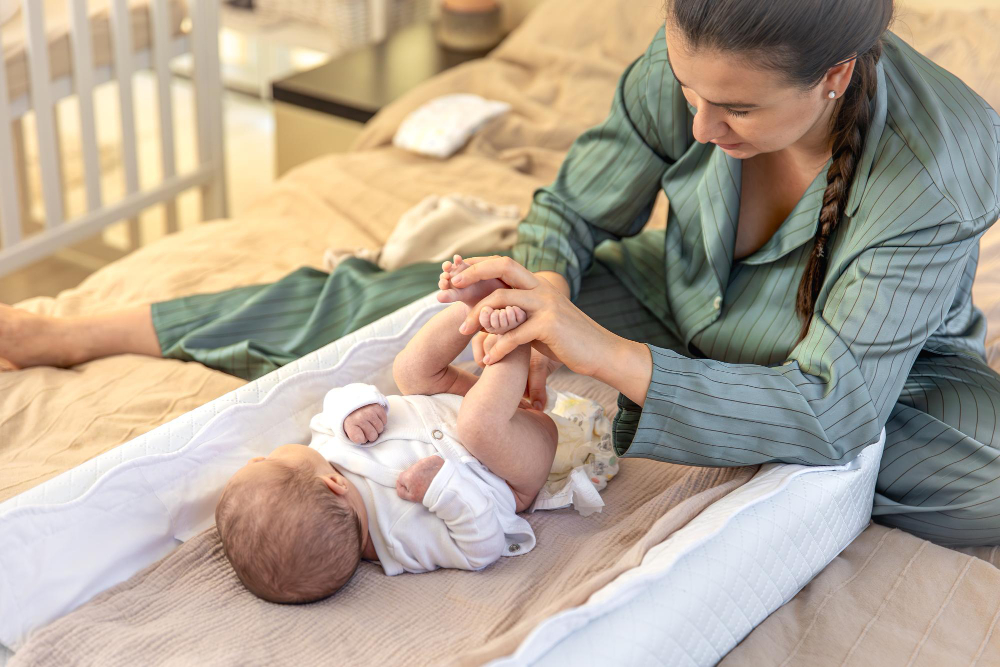Why Regular Diaper Changes Matter
Changing diapers often is important for your baby’s health. In fact, how often to change diapers can affect your child’s comfort and skin. Wet or dirty diapers can cause skin problems. For this reason, regular diaper changes help prevent diaper rash and infections. According to the American Academy of Pediatrics, keeping your baby clean and dry is one of the best diaper changing practices.
How Often to Change Diapers by Age Group
Babies of different ages need diaper changes at different times. However, every child is unique. Here is a general guide:
Even though these are general rules, always check your baby’s diaper often. Some babies may need more frequent changes.
Signs That a Diaper Needs Changing
It is not always easy to know when to change a diaper. Still, there are clear signs to watch for:
Whenever you notice these signs, change the diaper right away. This helps prevent diaper rash and keeps your baby happy.
Risks of Infrequent Diaper Changes
Not changing diapers often enough can cause problems. For example, wet or dirty diapers can lead to:
Moreover, diaper rash is common if the skin stays wet for too long. The CDC notes that bacteria and yeast can grow in warm, moist areas. Therefore, frequent changes are key to preventing these issues.
Practical Tips for Parents and Caregivers
Changing diapers can feel overwhelming, especially for new parents. But with a few tips, it gets easier:
Additionally, try to make diaper changes a calm and positive time for your child.
Preventing Diaper-Related Skin Issues
Healthy skin starts with good diaper habits. To prevent diaper rash and other skin problems, follow these steps:
For most babies, these steps will keep the skin healthy. However, if you notice a rash that does not go away, talk to your pediatrician.
Conclusion
In summary, knowing how often to change diapers is important for your baby’s health. Regular changes help prevent diaper rash and keep your child comfortable. If you have questions or concerns, consult your pediatrician for personalized diapering advice.
